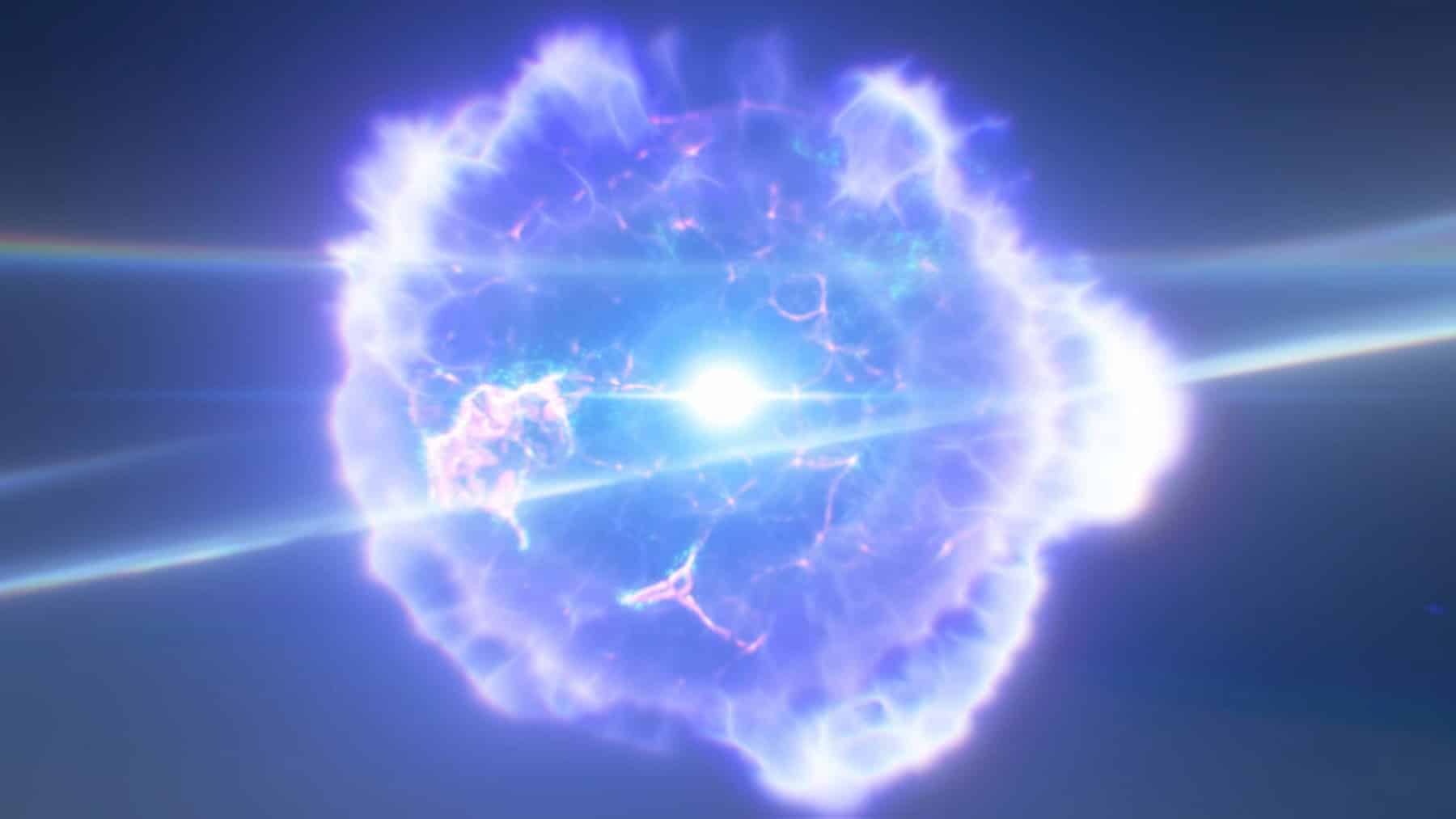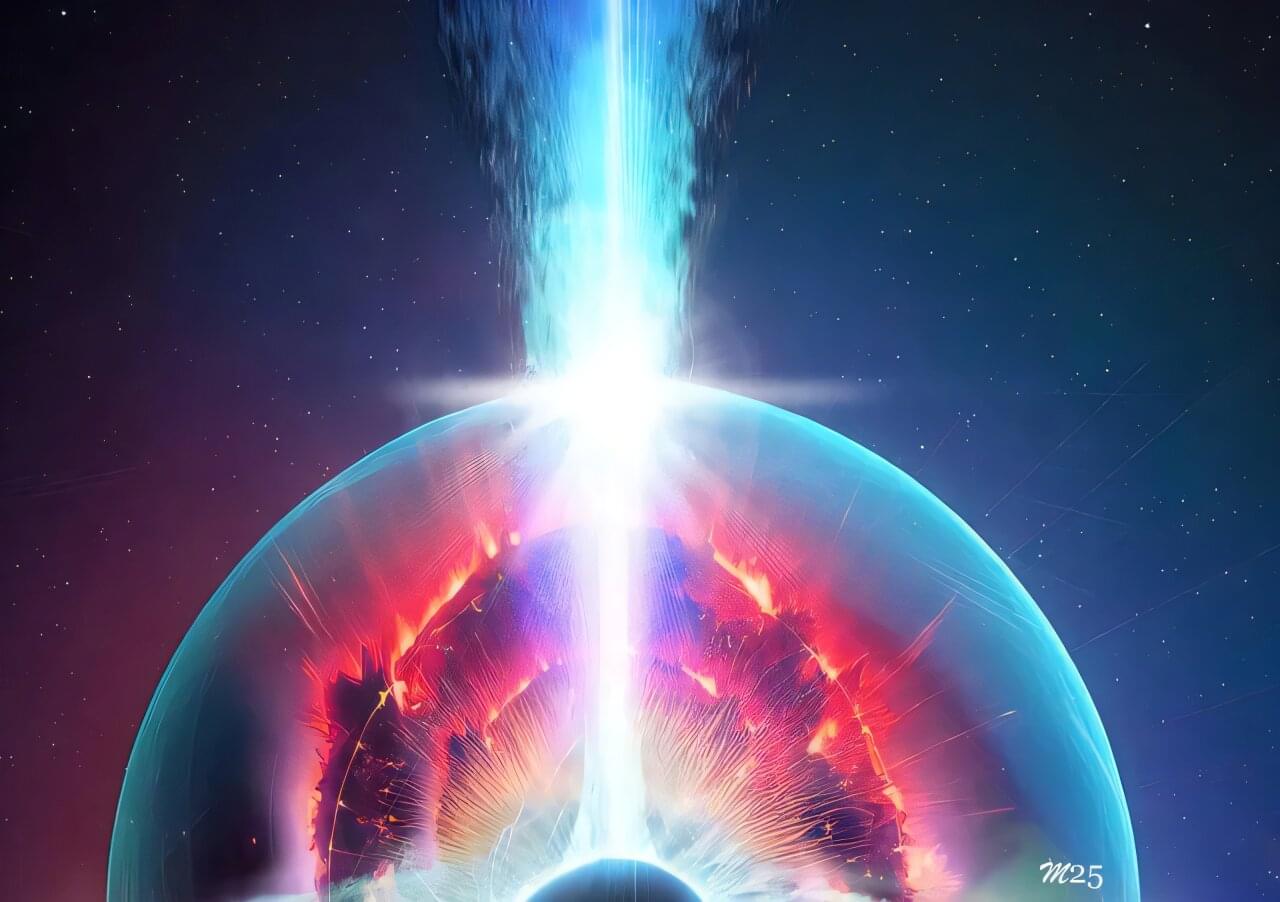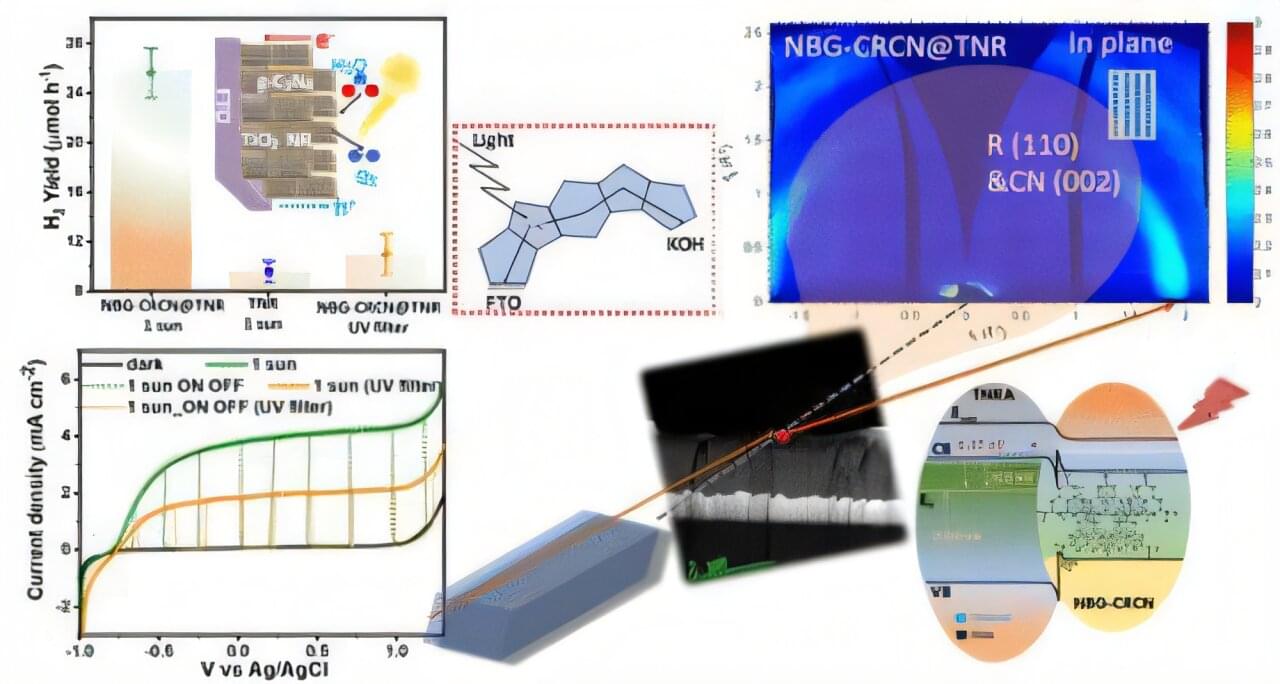Scientists have demonstrated that a surface reconstruction strategy can enable affordable hydrogen fuel production. The hydrogen fuel is created using The hydrogen evolution reaction (HER). However, scaling this process from a lab experiment to large-scale commercial production has been challenging.
Now, scientists in Japan have showcased that a surface reconstruction pathway can produce durable, non-noble metal-based cathodes that speed up the HER reaction.
Researchers highlighted that they can maintain their performance for more than 300 hours and are calculated to cost very close to the US Department of Energy’s 2026 H2 production target ($2.00 per kgH2-1).








